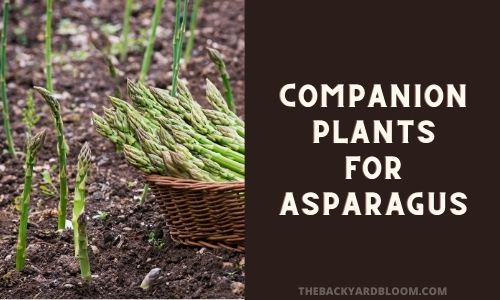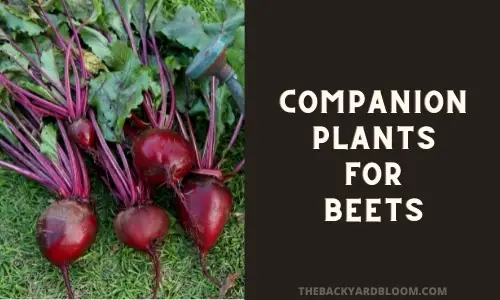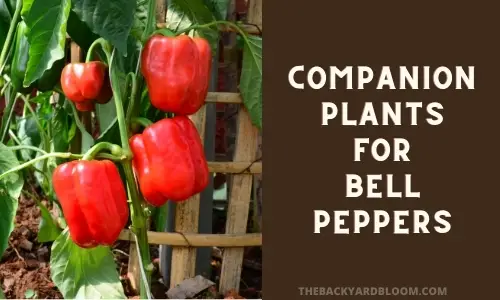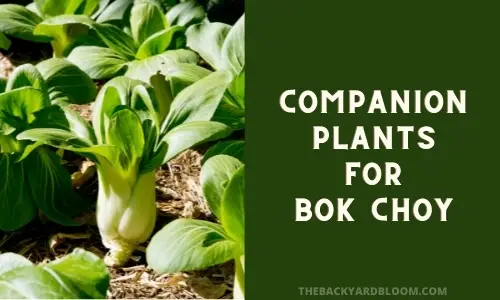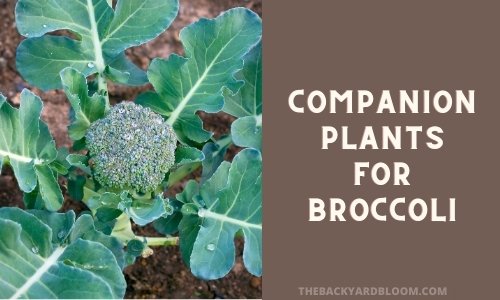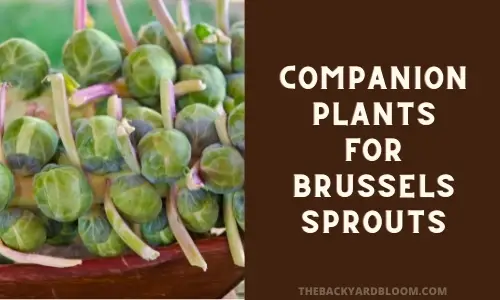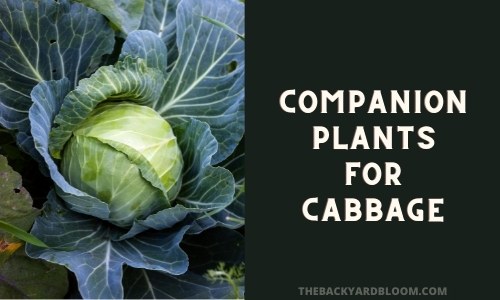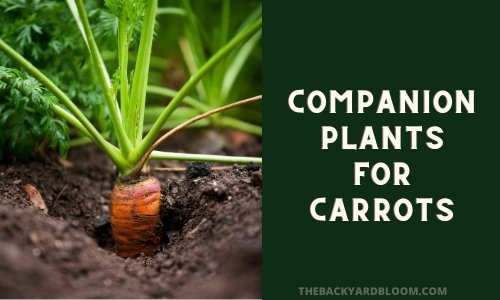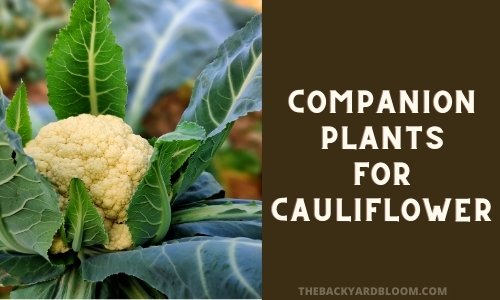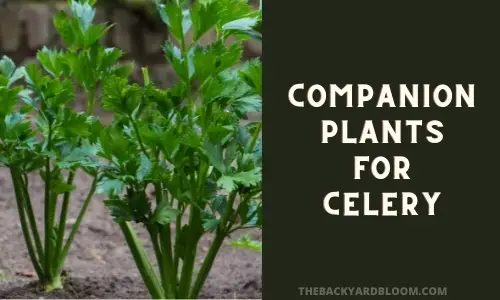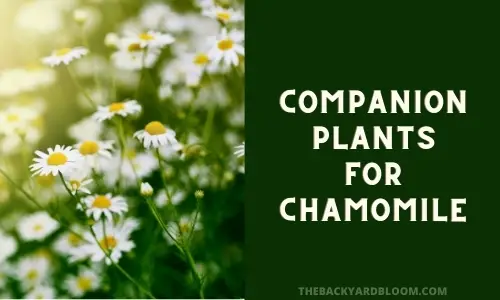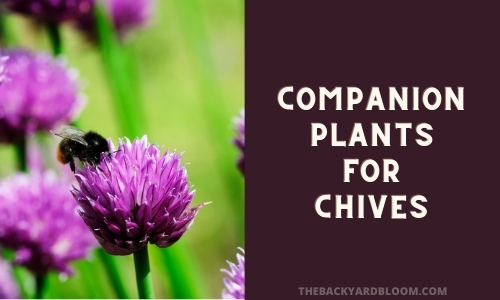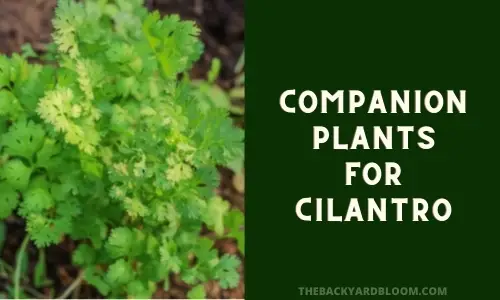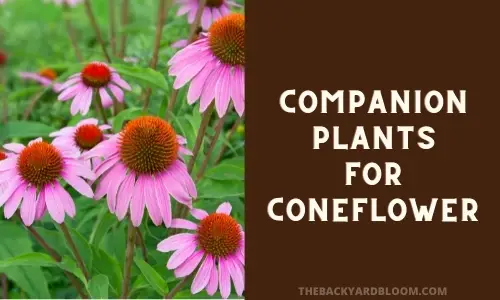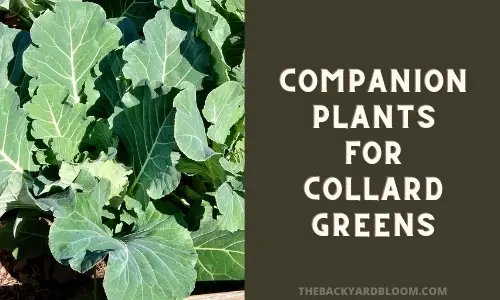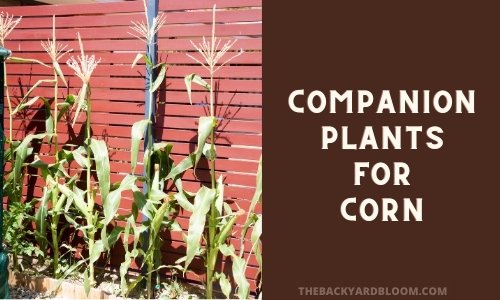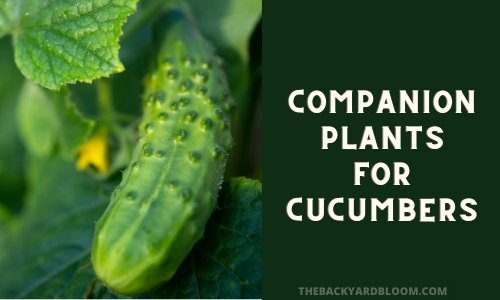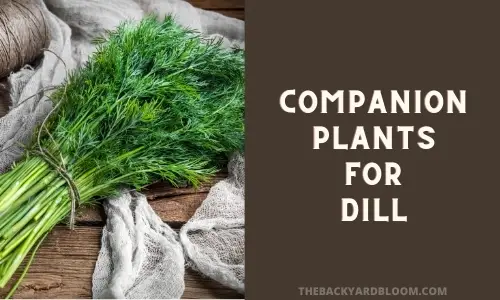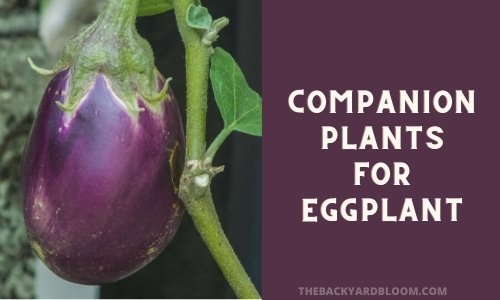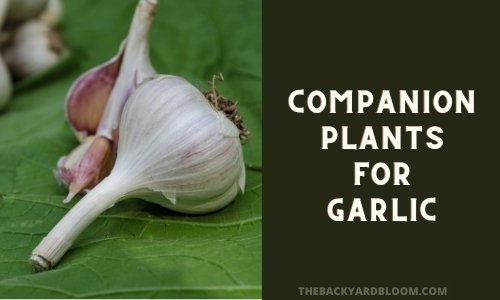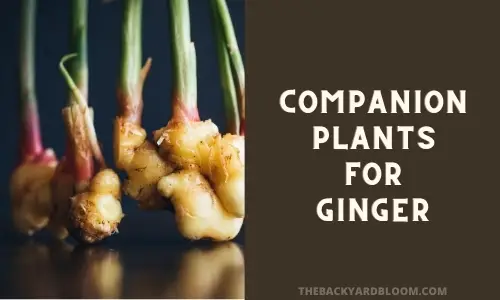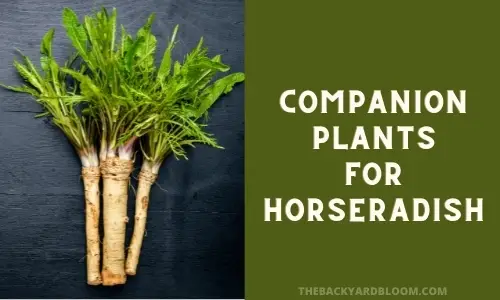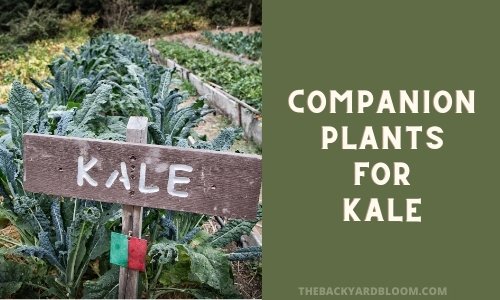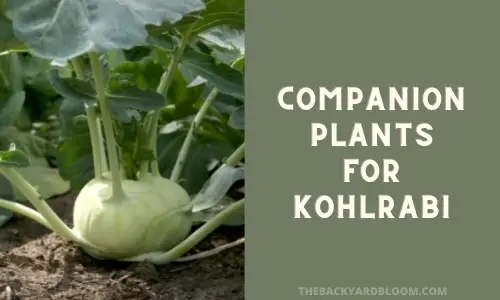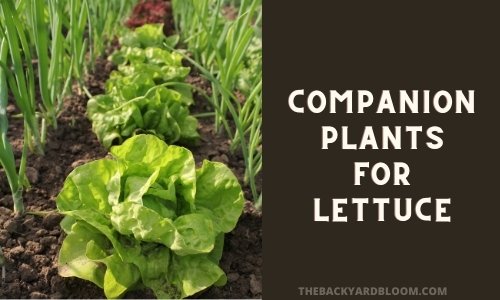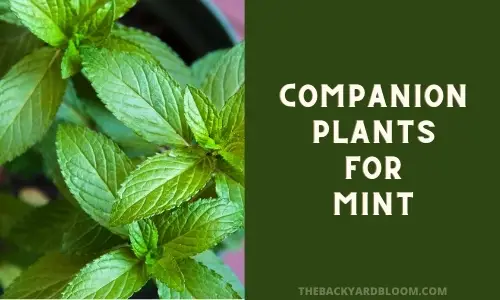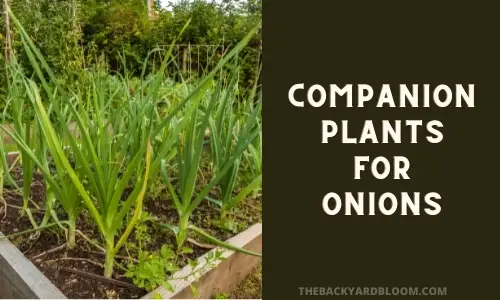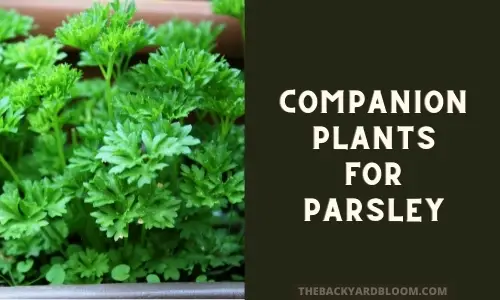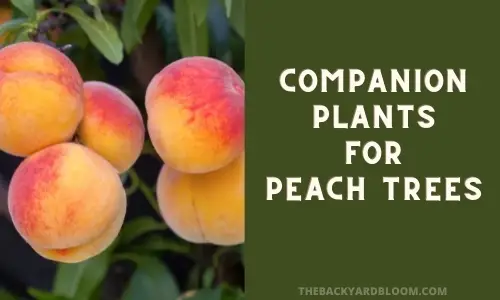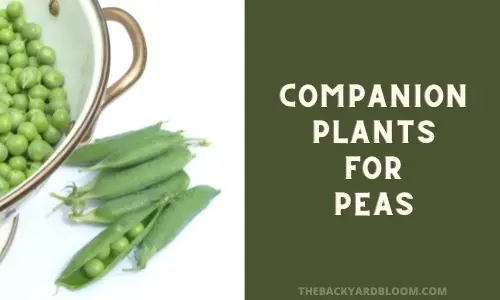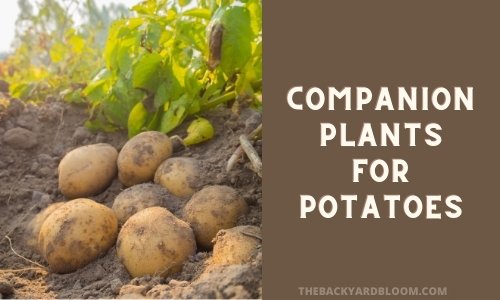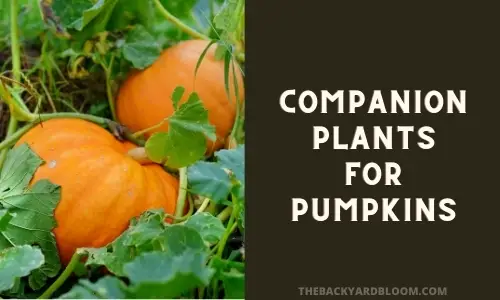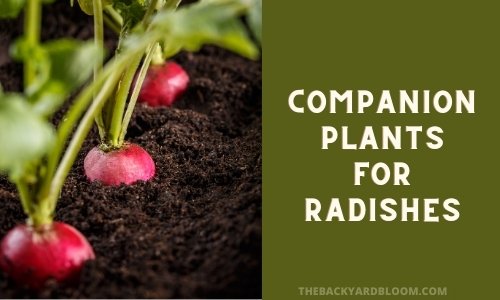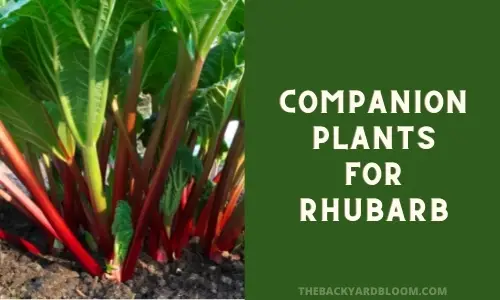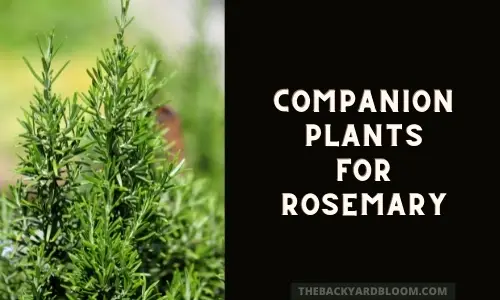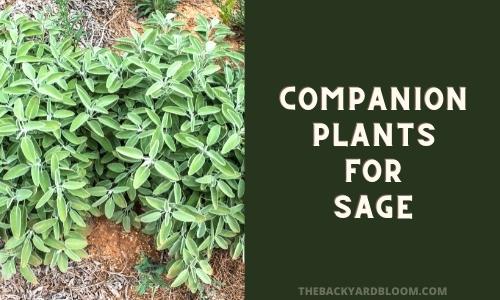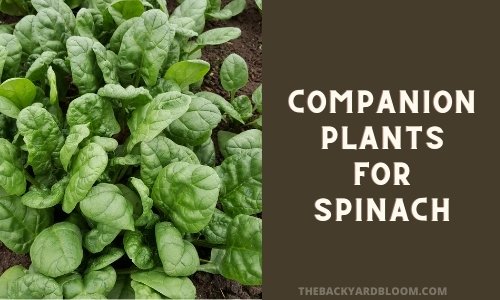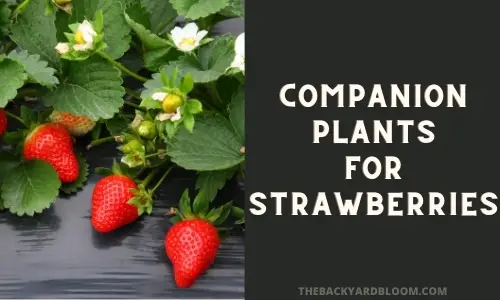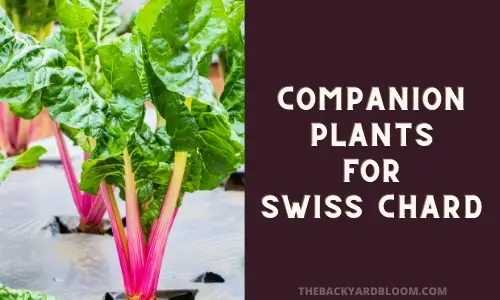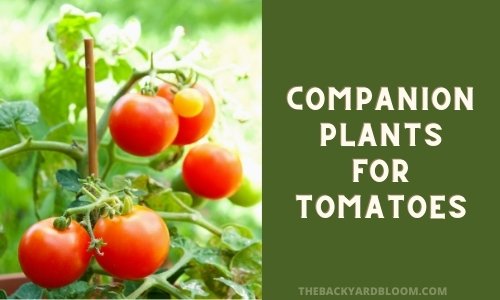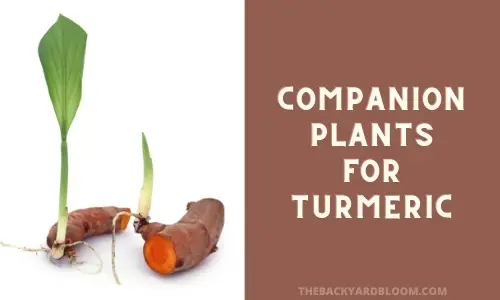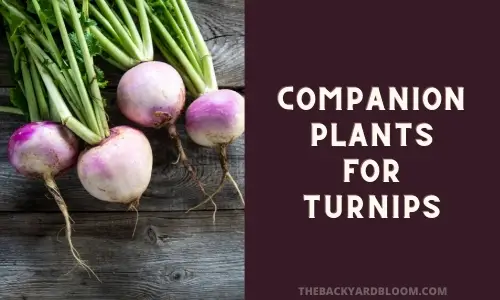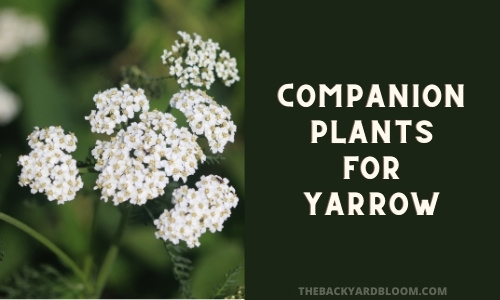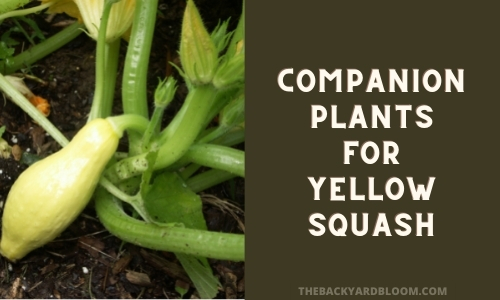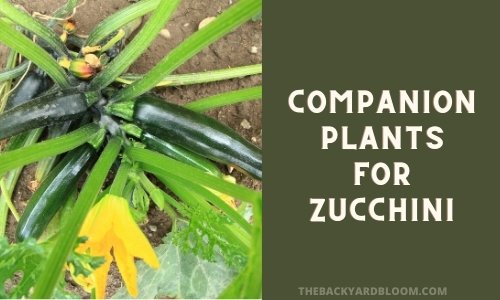Companion Planting for Home Gardens
What Is Companion Planting?
Companion planting is a practice that farmers and gardeners have used over many many years that involves planting complementary crops side by side. When using companion planting your goal is to combine complementary crops to receive benefits from each other. This will result in outcomes like better harvest yield, natural pest and insect control, and environmental benefits like shade that other crops desire.
Almost every vegetable, herb, and flower have companion plants that will allow you to gain benefits by planting them together.
Benefits Of Companion Planting
- Pest Deterrent
- Shade
- Attracting Bees
- Attracting Butterflies
- Improving Soil Nutrients
- Weed Regulation
Using companion crops together you can help deter pests like aphids, and other harmful insects. Certain crops can attract predatory insects that will eat harmful ones. Other crops can repel the unwanted insects due to their smell, either being offensive to the insects or masking the smell of crops so they can’t find them. Companion crops can also attract pollinators to the garden, which are essential for many of your crops to bear fruit. They can also provide a living mulch, this will help keep weeds away from growing crops.
Companion Planting For Your Garden Crops
Below you will find crops that we have provided the best companion plants for that particular vegetable, herb, or flower. We also provide crops you should avoid planting together with these. Just as crops can provide benefits to each other, some crops can cause harm to others. This can be due to taking up too many nutrients, adding the wrong nutrients to the soil, casing shade when it isn’t desirable, attracting more pests that can ruin your harvest, or just make the flavor bad.
